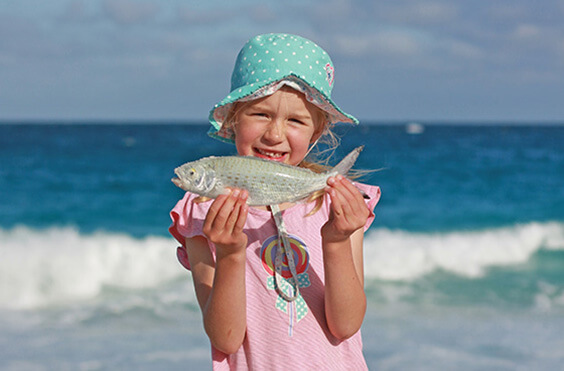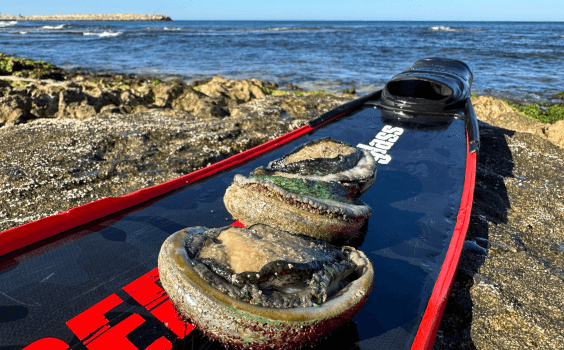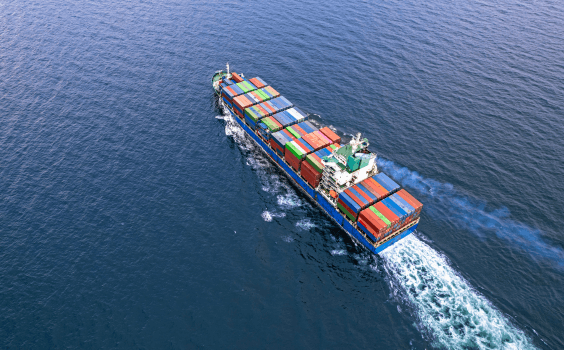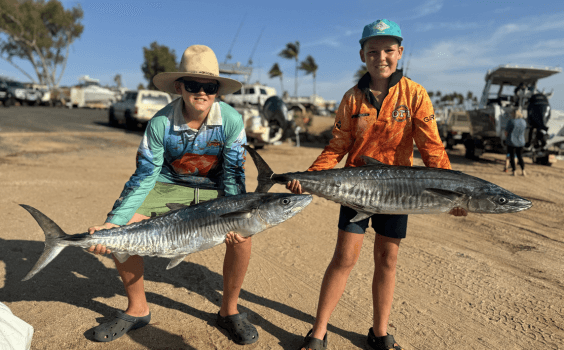In this week’s edition of Scott’s Species, Western Angler editor Scott Coghlan discusses the humble Australian herring! From first-time fishers to seasoned anglers, herring provide a world of fun to catch for all fishers.
Species: Australian herring, Arripis georgiana
Eating: 3.5 stars
ID: Back tips on tail, large yellow and black eye, rows of golden spots along back.
Who doesn’t love the humble herring? Fun to catch, good to eat and excellent bait, herring are a staple for fishing in WA and are the first species many anglers learn to catch!
WATCH: How to tie a herring rig and catch one!
There have been stock concerns over herring in the South West in recent times, but tighter management appears to be paying off and anecdotal reports over the past two years have suggested improved numbers throughout the region.
Known as tommy ruff in South Australia, Australian herring are a fishing staple all along the south coast of Australia, growing to about 40cm and 700 grams.
Bigger specimens are often confused with juvenile Australian salmon, which look very similar.
This is often the case in Denmark’s Wilson Inlet, where some of the largest and fattest herring you’ll ever see are found, to the point where you have to check them twice to be sure they aren’t small salmon.
Big herring are often called bull herring.

Herring are an inshore and estuarine species, found from Shark Bay in WA across the southern end of the country to northern Victoria, and occasionally into lower New South Wales.
Herring are almost the perfect target for casual or inexperienced shore anglers, as they can be found in shallow water, are aggressive takers of bait and lures, put up a good fight for their size, often punctuated by boisterous leaps, and taste good on the plate.
There is nothing complicated about catching herring – light 2kg to 4kg gear will do the job.
They love a good burley trail and schools will often turn up quickly when there is burley, such as bread or pollard, in the water.
When the herring turn up in big numbers the surface of the water bubbles with them.
Just about any small bait will work – including pieces of squid, prawn, pilchard and whitebait – while maggots are another popular bait in some areas.
They will hit any number of small lures, with metal slices an old favourite, and will even hit a drinking straw placed over a hook, a traditional method that still works.

The only problem with metal slices is how many times the herring throw the lure during their energetic leaps.
As they are so aggressive herring will often hit lures meant for much bigger fish, like their salmon cousins.
Fishing for herring doesn’t have to be complicated and there are a number of rigs that work, with the best choice depending on location.
From a beach, a star or spoon sinker with a couple of hooks above it is a great option, while reef anglers prefer a casting float with the hook suspended beneath it.
Some floats have holes in them for burley and this is a great option. A simple burley cage, with a hook or two below it, is also dynamite.
If the fish are right at your feet, an unweighted bait is deadly. Herring taste great fresh, and make excellent bait for a range of species.
Either fished whole as dead bait or as fillet baits, herring will catch a wide range of fish including dolphinfish, salmon and mulloway.
Herring may be small in size, but they have a massive impact on WA fishing!






